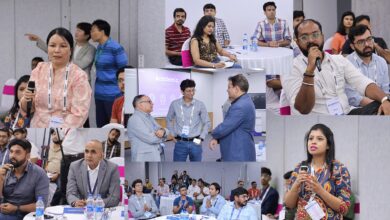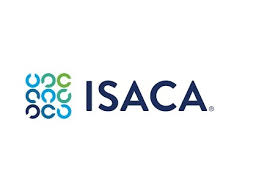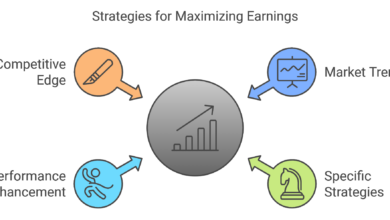Benefits of Coding in Scratch

The digital age has shattered many notions that this world has long held on to for some semblance of order. Nowhere is this more evident than in the world of learning and development. In the not-so-distant past, students would patiently sit for hours on end, in a four-cornered classroom, and wait for their teachers to be done with talking over their heads. The same monotonous procedure is repeated over the years. Then comes graduation, an entry-level post at an established company, decades of toil climbing up the corporate ladder until the much anticipated day of retirement. The generations of today no longer find the long and often circuitous conventional road to success as appealing or as necessary as their predecessors. Technological innovations have made it possible, and even desirable, for students to run sprints and make leaps in the education sphere instead of enduring long-distance learning marathons. One such trailblazing learning expediter is Scratch.
Scratch is a free block-based coding language for children that was developed in 2003 by Mitch Resnik, head of the Lifelong Kindergarten Group at the Massachusetts Institute of Technology. Block-based simply means that instructions or coding concepts are represented visually by blocks (in contrast to text coding). Fast forward to 2021, and there are now more than 43 million users of the Scratch interface. With the following benefits of coding in Scratch, its followers are definitely on the right track.
The Starting Point
As an introduction to coding, Scratch is less intimidating than traditional coding programs.
The Drag and Drop method allows kids as young as 8 years old to learn scratch programming with ease. This means that they can start their computer education as early as possible even without a firm grasp of the more complex mathematical concepts expected of junior high kids.
Jumpstarting your children’s computer education is beneficial for them for several reasons. One is that children learn faster than adults because of their underdeveloped prefrontal cortex, that part of the brain where your short-term memory is stored. There is a larger amount of information in an older brain, whereas a child’s brain is less cluttered and able to absorb and retain more data with ease. Younger students are also less self-conscious and are more likely to pursue getting to the bottom of concepts they initially find hard to grasp. With minimal responsibilities, children also have the time and the freedom to learn at a faster pace than grown-ups. Give them that clear advantage by starting them young.
In Deep Thought
With Scratch coding, students are trained to leverage critical thinking as a key value. Because they are empowered to create their programs, they can intuitively incorporate these to make the learning process is easier for other core curriculum subjects. The principles of SCRATCH stand on the foundation of STEM (Science, Technology, Engineering, and Mathematics) education, the holistic approach to learning that integrates highly relevant disciplines. Learning is not a one-way street here. Students are encouraged to design their own programs to facilitate the understanding of complex materials. Since the students are themselves the program creators, they can understand the process better and become more adept at finding their own solutions to program bugs or glitches.
Outside the Box
With Scratch, students are in full control of the creative process. The fun comes naturally as they visualize how blocks can be interlocked to produce imaginative animation, dynamic storytelling, interactive cards, and even challenging games. Eager-beaver students are a dime a dozen when advanced abstractions are simplified with graphic representations. The developers of Scratch have also made it a point to regularly update the fun-loving and user-friendly features of its interface. The upgraded 3.0 version has a new sound editor that makes recording and editing videos painless. In addition, its Choose a Sprite Library feature promotes out-of-the-box thinking as kids create bitmap images with multiple costumes on the website’s interface. The world is their oyster when it comes to self-expression in the language of Scratch.
Within Striking Distance
While time travel is still not a thing, computers have significantly narrowed the geographical divide. Learning and sharing across distances are more commonplace than ever. The online community of Scratch allows your child to engage with peers and teachers from different locations the world over as they co-create and give each other design feedback. Like any other project, team members take on different roles which they can then interchange at a later stage of the collaboration. One effective learning approach is to pair a more capable coder with a yet up-and-coming programmer. This way, the former can deepen their understanding by finding out the best and simplest ways to explain complicated issues while the latter can benefit from the problem-solving strategies of their more learned counterparts. No one gets left behind when they code in Scratch.



